Description
Economic climate and Outlook
While much of the world has been in economic turmoil in 2022 as a result of high oil prices, the Ukraine war and the lingering effects of the Covid 19 pandemic Oman, like other Gulf oil and gas exporters, has been enjoying a hydrocarbons windfall Usually among the weakest regional economies, Oman has seen its sovereign rating upgraded three times in 2022.
There are plenty of reasons for policymakers in Muscat to be cautious Oman remains heavily exposed to oil and gas, which account for about 30 per cent of GDP, 60 percent of merchandise exports and 75 per cent of government receipts, according to S&P The IMF also pointed out that Oman’s economic competitiveness has declined in recent years, in part due to lower productivity and relatively high wages While there has been some diversification of exports, they are generally of lower technology value More economic diversification is clearly needed, and the authorities are actively on the hunt for viable new areas of development
Project contract awards
Despite the impact of Covid 19 weak oil prices and economic slowdown, Oman’s project market registered 11 4 per cent increase in 2020 thus making the projects market to reach breach 5 5 bn mark However, the same momentum did not get continue into 2021 as there was more than 45 per cent dip in contract awards value as compared to 2020.
The same downward momentum continued into 2022 as well and as a result, the year recorded a ten year low in contract awards at just over 2 bn, compared with totals ranging between 10 bn and 16 bn between 2014 and 2017 In terms of awards spread in 2022 both construction and transport sectors drove nearly 65 per cent of the award activity. Now, a lot will depend upon 2023 awards performance so that Oman projects market can breach the 3 bn mark.
Projects market outlook
With a project pipeline of nearly 175 bn, the sultanate offers a healthy pipeline in the following years ahead Although Oman’s projects market is never likely to match the breadth and size of activity levels in the UAE and Saudi Arabia, one particularly opportune path for investment is Oman’s hydrogen economy linked infrastructure. The current focus is on the centre and south of the country, with a licensing round for new projects currently underway.
The government is hoping to produce 1 million tonnes a year (t/ of green hydrogen by 2030 rising to 8 5 million t/y by 2050 the latter date is also the self-imposed deadline for reaching net zero carbon emissions In the broader construction and transport sector, some 6 6 bn worth of industry and other infrastructure projects are in the tendering phase, while plans are advancing for additional tourism schemes More generally, the key development is the restoration of confidence Oman is also pushing ahead with public private partnership schemes.

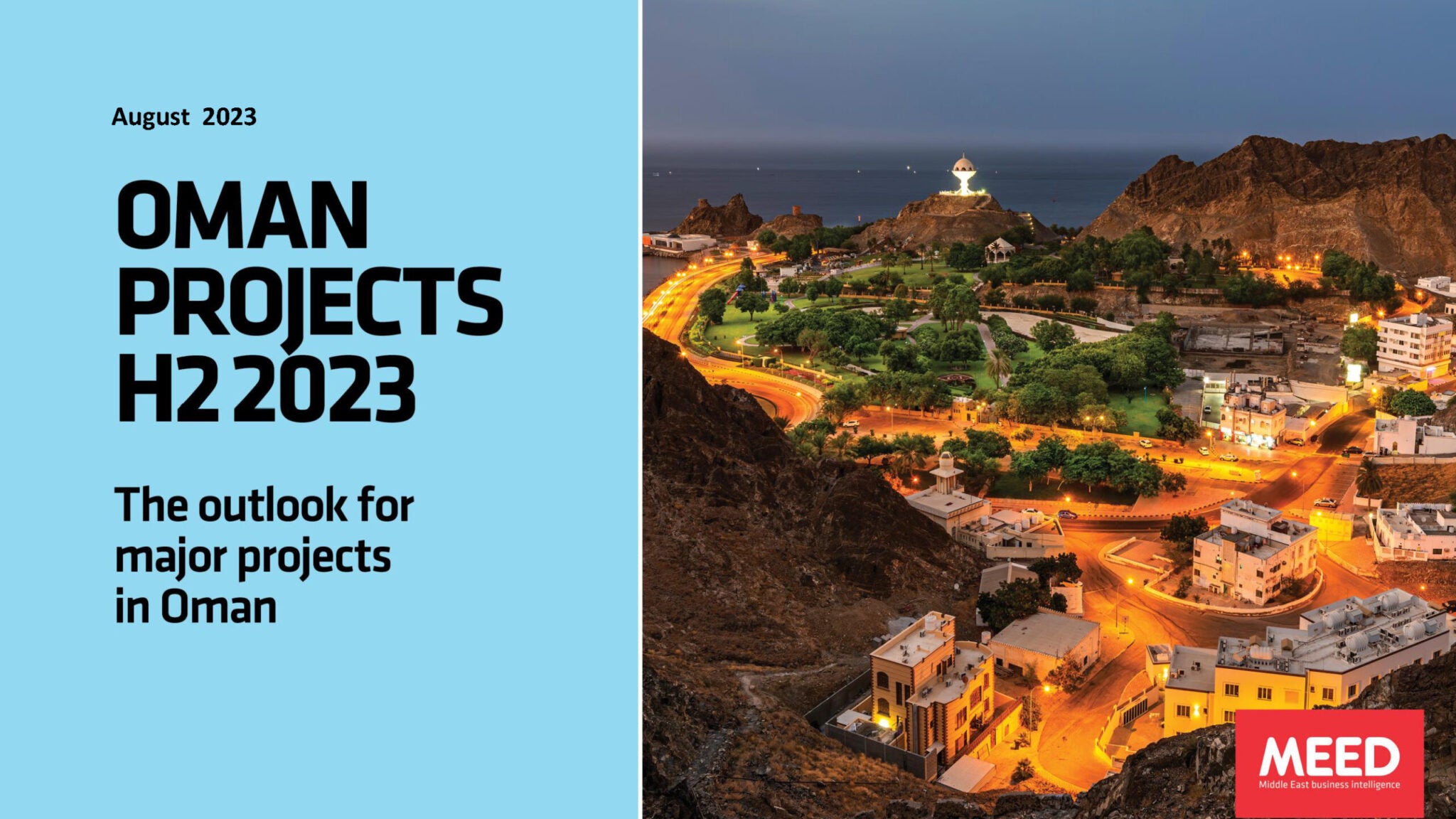

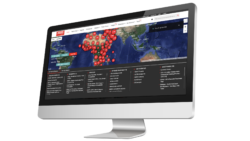
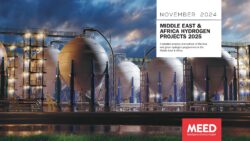
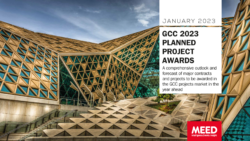
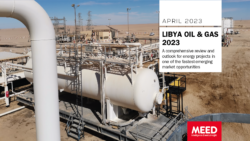
Ralph Gavric –
The Oman report gave me essential information with the latest market trends about every sector in Oman. Really useful to my team and myself.